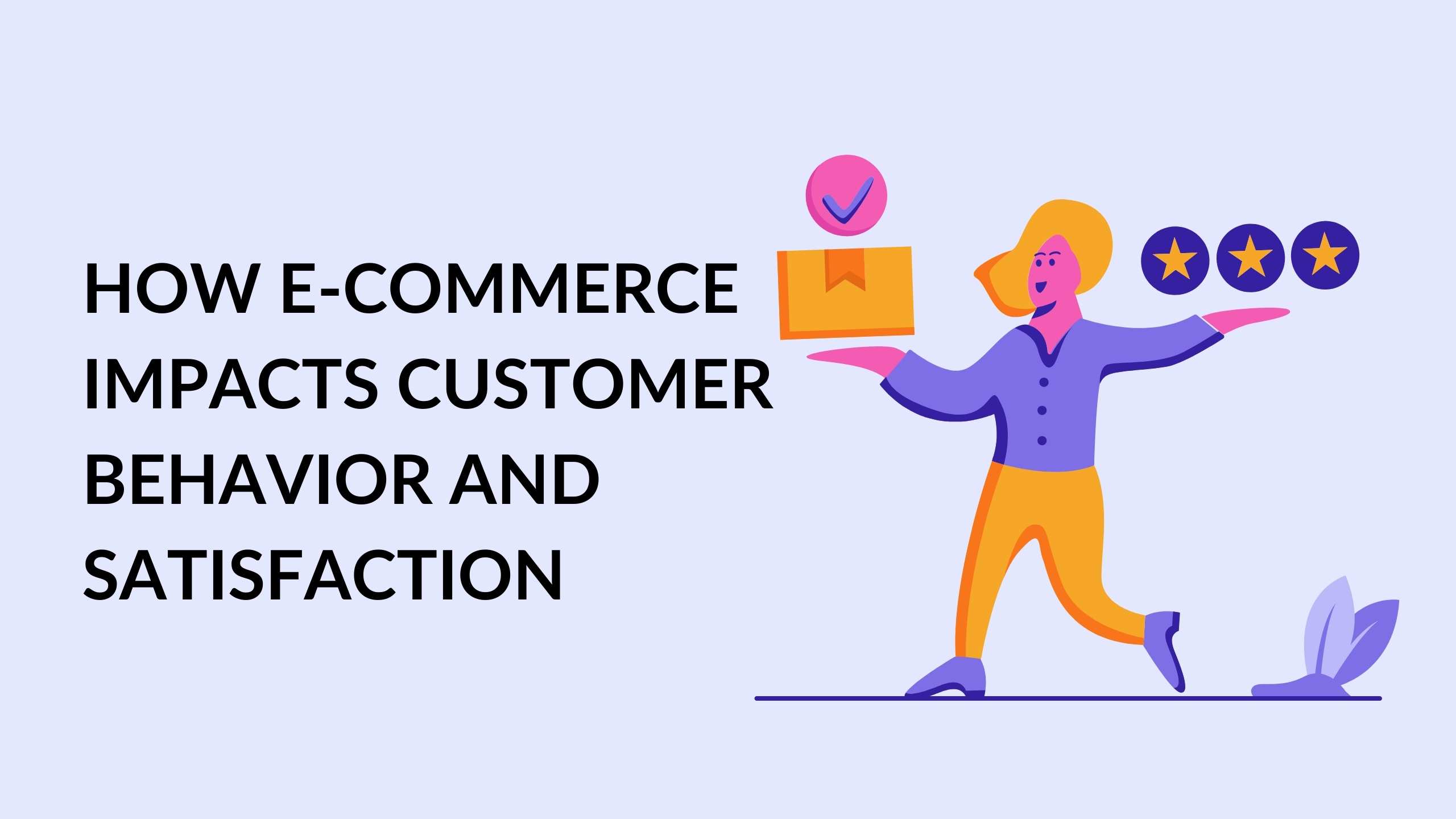How E-commerce Impacts Customer Behavior and Satisfaction


How E-commerce Impacts Customer Behavior and Satisfaction
E-commerce has become a transformative force, not only changing the way businesses operate but also significantly influencing customer behavior and satisfaction. In this article, we’ll explore the dynamic relationship between e-commerce and customer dynamics, shedding light on the key impacts that shape the online shopping experience. Additionally, we’ll highlight relevant Software as a Service (SaaS) products that contribute to this symbiotic relationship within the e-commerce subscription stack.
Unraveling the Impact of E-commerce on Customer Behavior
How Does E-commerce Impact Customers?
E-commerce, through its digital nature, introduces a multitude of factors that shape customer behavior and satisfaction. Let’s delve into the key ways in which e-commerce impacts customers:
Key Impacts of E-commerce on Customer Dynamics
1. Personalized Shopping Experience
E-commerce platforms leverage data analytics to understand customer preferences and behaviors. This data-driven approach allows for personalized recommendations and tailored shopping experiences, enhancing customer satisfaction.
2. Convenience and Accessibility
The convenience of online shopping and the accessibility offered by e-commerce platforms influence customer behavior. Customers can browse, compare, and make purchases from the comfort of their homes, contributing to increased satisfaction.
3. Real-time Interaction and Support
E-commerce facilitates real-time communication through features like live chat and instant messaging. This instant interaction positively impacts customer satisfaction by providing immediate support and addressing queries.
4. Reviews and Social Proof
Customer reviews and social proof play a crucial role in e-commerce. The ability to access reviews and recommendations influences purchasing decisions and builds trust, impacting customer behavior and satisfaction.
5. Effortless Transactions and Security
Smooth and secure transactions contribute to positive customer experiences. E-commerce platforms prioritize seamless payment processes and robust security measures, influencing customer trust and satisfaction.
Exploring Relevant E-commerce SaaS Products
To provide practical insights into the impact of e-commerce on customer behavior and satisfaction, let’s explore some relevant SaaS products in the market:
- Zendesk – A customer service platform that enables real-time interaction and support.
- Yotpo – An e-commerce marketing platform that focuses on collecting and leveraging customer reviews.
- Segment – A customer data platform that helps businesses understand and personalize the customer journey.
- Optimizely – An experimentation platform that allows businesses to test and optimize their online experiences.
- Trustpilot – A platform for collecting and showcasing customer reviews and social proof.
Conclusion
In conclusion, the impact of e-commerce on customer behavior and satisfaction is multifaceted. From personalized experiences and convenience to real-time interactions and secure transactions, e-commerce shapes how customers engage with businesses in the digital realm.
Exploring tools like Zendesk, Yotpo, Segment, Optimizely, and Trustpilot provides businesses with the means to enhance their customer relationships within the e-commerce subscription stack. As the relationship between e-commerce and customer dynamics continues to evolve, businesses must leverage these tools to stay ahead in a competitive online landscape.





